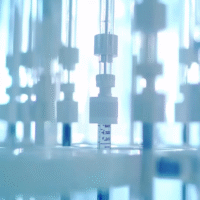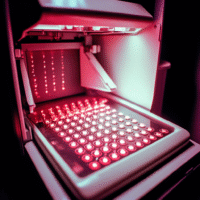Phase II Study of uPAR-PET/CT in Breast Cancer Staging
Overview
Accurate staging of breast cancer is vital for effective treatment planning. Currently, no imaging method reliably detects lymph node metastases before surgery. Therefore, about 70% of patients rely on sentinel node procedures for determining their N status.
Study Details
In a clinical trial involving 49 patients (48 women and 1 man) with early breast cancer, we compared uPAR-PET/CT with standard methods: ultrasound (US) and fine needle biopsy (FNB). The patients underwent uPAR-PET/CT before surgery, and two specialized teams evaluated the images for tumor lesions and metastases.
Results
- Primary Tumor Detection: uPAR-PET/CT showed a high sensitivity of 94% for identifying primary tumors.
- Axillary Lymph Nodes Detection:
- Sensitivity: 33.3%
- Specificity: 87.0%
- Accuracy: 58.0%
- In comparison, the standard method (US and FNB) had a sensitivity of 41% and a specificity of 100% for lymph node metastases.
Conclusion
The study suggests that uPAR-PET/CT may not be suitable for staging in breast cancer. However, the high rate of positive findings for primary tumors indicates potential for uPAR theranostics in localized cases. Further research is needed to explore its use as a prognostic imaging biomarker.
Value of Clinical Trials
Clinical trials are essential for creating safe and effective treatments. At DocSym, we use an AI-driven platform to unify clinical protocols and research, making it easier for healthcare professionals to access important information.
Enhancing Healthcare Operations
Our mobile apps streamline patient management, including scheduling, treatment monitoring, and telemedicine. This digital approach helps improve patient care and operational efficiency.
Improving Patient Outcomes
By leveraging AI, clinics can optimize their workflows, enhance patient outcomes, and reduce reliance on paper-based routines. Discover how we can support your practice at aidevmd.com.






























